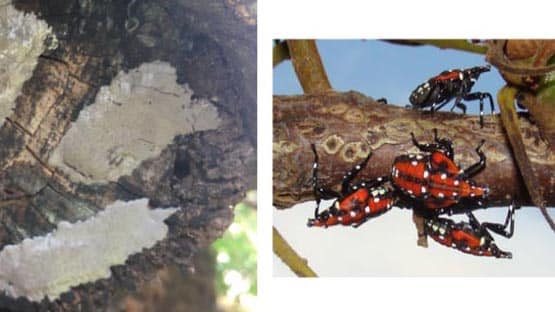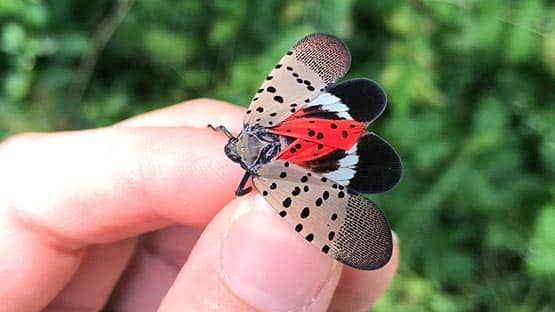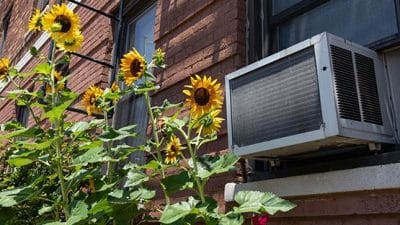
An invasive insect is threatening Virginia’s grape and wine industries in part because it colonizes quickly and disrupts native ecosystems.
The College of Agriculture and Life Sciences at Virginia Tech and the Virginia Department of Agriculture and Consumer Services are partnering to empower residents of the Commonwealth to act themselves if they see the destructive spotted lanternfly.
“We need to prevent spotted lanternfly from going somewhere else and becoming a bigger problem,” said Eric Day, manager of the Insect ID Lab in the Department of Entomology. “Make sure it does not move on vehicles or plants and remove and squish any you find.”
Day said he has been impressed with the citizens of Virginia and their efforts to reduce the impact of the spotted lanternfly.
“Active citizens and businesses in quarantine areas have helped slow spread significantly,” Day said. “Now, to stop this insect from becoming a bigger problem, we must take action to make sure this hitchhiking insect doesn’t get any free rides through our state.”
Take action
Late spring and early summer
- Look for the immature stages and control them early on grapes or in backyards
- Look in your backyard for the spotted lanternfly’s favorite host tree – the tree of heaven. If possible, remove those trees as they function as a host that enables the insect to spread further and quicker.
Summer
- Check car wheel wells, boat trailers or box trucks for the lanternfly











